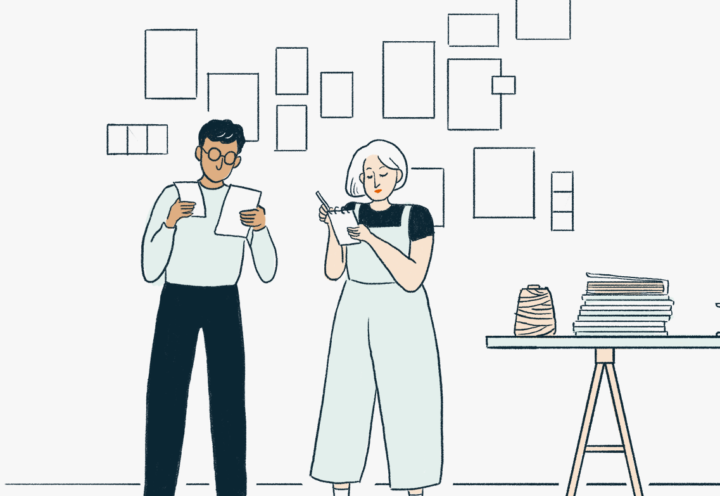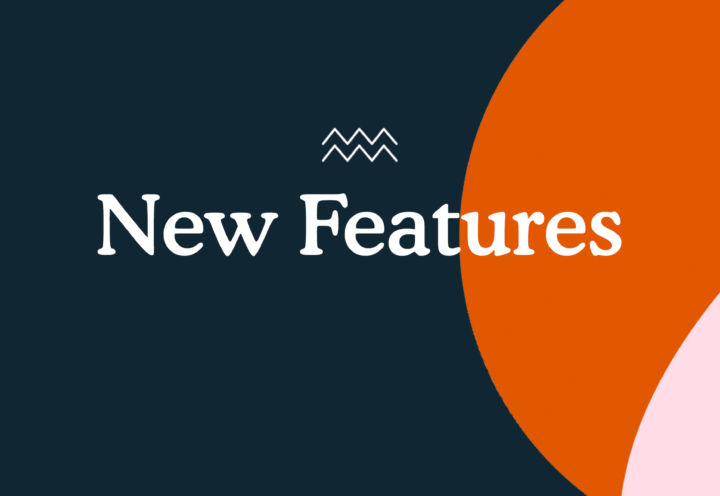4 ways a Production Platform is different from Fashion PLM
The need for global teams to have access to, and collaborate on, a single source of truth in real-time is vital, especially as the industry transforms itself to tackle the challenges of the post-COVID world. Fashion PLM no longer cuts it, it’s time for the production platform.
Currently, the majority of fashion teams rely on a complex blend of e-mails, WhatsApp, endless Excel sheets and Powerpoints to store and communicate information both internally, and externally across their supply chains. A missed email ‘cc, a key team member on holiday, or critical missed information – all can result in errors, waste and increasing costs. According to our research, it can cost a team of 5 handling 100 orders per season around £40,000 of the team’s time spent managing incorrect samples or quality issues in production as a result of miscommunication. This does not include additional costs such as the cost of lost sales, the cost of actual goods produced, or the cost to the environment due to wastage in sampling or production. It’s safe to assume the cost in more ways that one, can be significant.
What is PLM?
Product Lifecycle Management (PLM) systems originated from the automotive industry in the 1980s and were developed to address the need for production information to be centralised within the car manufacturing plant throughout the duration of production. PLM was adopted by the fashion industry a few years later but introduced into fashion brands some years but broadly set out to achieve the same things. PLM for fashion generally focuses on features for information management, product development as well as information storage.
What is a Production Platform?
A Production Platform is the next-gen fashion software that focuses on streamlining the whole production process. It puts the brand and manufacturer relationship at the heart of production and focuses on enabling both parties to collaborate and manage production seamlessly through a single platform. Brands use it seamlessly with their manufacturers and suppliers throughout the design development, product development, sourcing, order management and production process. The production platform focuses on minimising manual data entry whilst ensuring a single source of truth is created for all information and all parties to work from throughout the process. Teams can design collections collaboratively, easily manage and share product and order information, request samples, give feedback, make approvals, keep track of costs, have visibility over timelines, and raise purchase orders. The Production platform is focused on helping brands achieve what they need, to stay competitive in the current day: Bringing new, high quality product to market, as quickly as possible, whilst reducing the brands overall cost base and providing traceability and transparency of production information.
The Production Platform has a number of features also found in PLM, but it also has a whole lot more. It is structurally very different because It's built to meet the needs of modern brands.
4 ways a Production Platform is different from Fashion PLM
1. A dedicated interface for manufacturers
In addition to the interface for a brand’s design and production teams, a Production Platform has a unique interface built specifically for manufacturers. The feature requirements and user experience required by a merchandiser in a factory are very different from those of a designer inside a fashion brand. That’s why they need different interfaces. In the Manufacturer Platform, teams within a factory can manage all their customers and orders in one single platform; from moodboards, tech packs and RFQs, to sample requests, approvals, purchase orders and invoices.
Want to know what Manufacturers think about this? Watch This Quick Video
2. Real-time, in-platform cross-organisational communication and collaboration
One of the key differences between PLM and a Production Platform is that the latter isn’t just focused on internal team collaboration, but also communication across supply chains. A lot of the challenges and miscommunication happens when information is shared, modified and discussed back and forth with dozens o of different factories. At SupplyCompass we spent the first 2 years of the business visiting hundreds of factories around the world to understand their needs and challenges. What became clear, is that so many common issues stemmed from the used of fragmented communications tools. For streamlined processes, it’s crucial for manufacturers and suppliers to adopt and communicate directly in the same platform that brands are using. This means no more endless email threads and missed attachments or download links, enhancing greater collaboration and reduce miscommunication.
3. Quick to implement and learn—a software that teams want to use
The creative industry has accepted clunky user interfaces and cumbersome systems for too long. At SupplyCompass our focus from day one has always been on our customers [brand and manufacturer] and in creating an intuitive user experience. There’s no point building software that teams don’t want to use.
A majority of the business we’ve spoken to in the Fashion industry over the past 4 years without digital workflow tools, knew they needed some kind of Production or PLM tool to streamline. However, their main push back has often been that it is hard to get team buy-in, to successful implementation, and get company-wide adoption [not to mention it can typically take anywhere for 6-12 months to roll out PLM, with costly onboarding and training fees]. When we unpacked why this was, many would say they had bad experiences with legacy systems, they felt it was more work to go in a manually enter data into ugly forms, and they struggled to bring it into their everyday processes. Most kept on using Excel alongside.
We’ve kept this front of mind at all times when creating the SupplyCompasss Platform;
- Make sure teams are not only using it in their day to day activities but love using it too.
- For anyone, anywhere to be able to learn how to use the platform—fast and regardless of experience or skill set.
- Design matters. It’s a creative industry – it deserves nice looking creative tools.
What we’ve done at SupplyCompass
- Teams can have a free trial to see if it works for them
- No hidden training costs or implementation fees.
- Lots of visual in platform guides and help centre.
- We listen to our customers, test new features and improve to make sure they like it
4. Instant access to new, trusted manufacturers & suppliers when you need them
With a Production Platform you can either invite and onboard your own manufacturers or should you need, you can also get instant access to new visited, trusted and vetted manufacturers and suppliers through the platform. If your collection requirements match the skills and capabilities of a SupplyCompass manufacturing partner, you’ll get matched and introduced so you can start working directly together through the platform. All our Manufacturing Partners have been visited and verified personally by SupplyCompass, and all are already trained and using our platform.





